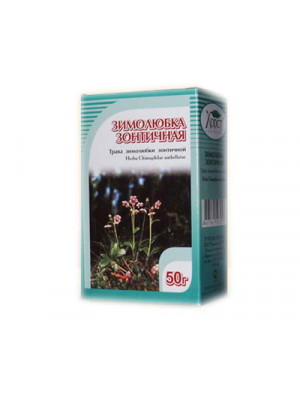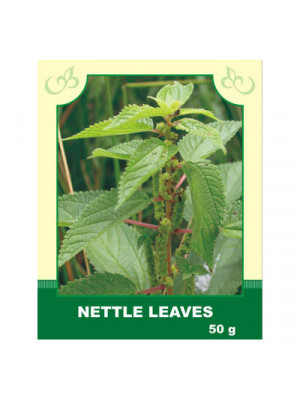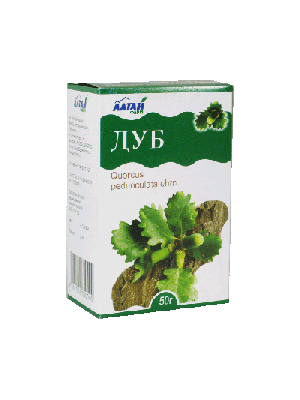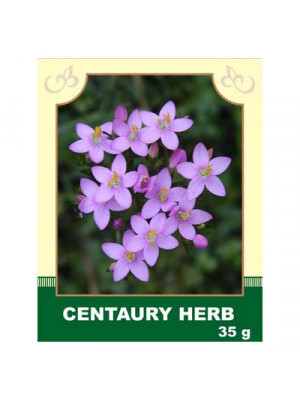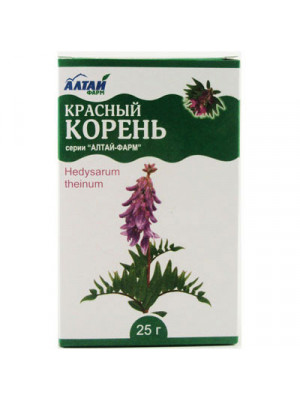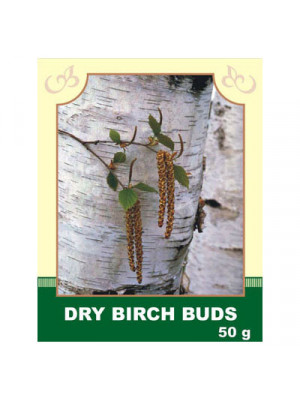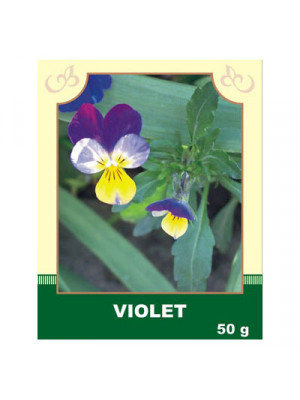Herbs
- zimolyubka antiseptic, anti-inflammatory, antispasmodic, diuretic, choleretic, analgesic, astringent and wound-healing effect, and also lowers blood sugar and regulating effect on the menstrual cycle.$7.99
Description. Nettle is very popular with herbalists and homoeopathists. Nettle consists of formic acid, mucilage, mineral salts, ammonia, carbonic acid and water. The herb also contains vitamins C, K, B2, carotin, and nutrients like iron, potassium, calcium, sulfur and proteins. Nettle leaf produces styptic, blood and bile expelling, diuretic, purgative, anti-inflammatory, antiseptic, antispasmodic, expectorating, spasm inducing and tonic effect. Nettle leaf preparations help improve blood coagulability, raises the quantity of hemoglobin, platelets and red corpuscles in blood. It also helps lower the quantity of sugar in blood and has a stimulating action. Do not use in cases of hypersensitivity, thick blood, diseases requiring surgical intervention. Use with care with kidney problems. Use. Use in cases of hemorrhages (including pulmonary hemorrhage, blood in urine, intestinal and hemorrhoid hemorrhage), vitamin deficiency, arteriosclerosis, inflammation of the gallbladder, ulcer of the stomach and the upper small intestines (duodenum), constipation, inflammation of the small intestines, non-healing festering wounds, surface ulcers, boils, herpes, acne, bed sores, iron deficiency anemia, kidney diseases, diseases of the respiratory tract, poly-mecorrhea, fibroid tumors of the uterus, epilepsy, hysteria, rheumatoid arthritis, aches and pains in the muscles, gout, diabetes mellitus, angina, and to improve gums and hair growth.
Attention! Before using any herbal products, make sure that you have full knowledge of how the herb works and any adverse reaction it may cause.$6.99- Description. Oak bark is widely used as an effective astringent. Oak bark is rich in galic and ellgalic acids, quertecin, flobaphen, pictines and tannins. Tannins are thought to have an astringent action, meaning that they reduce tissue swelling and stop bleeding, and they are traditionally thought to be useful for diarrhea. It has antiphlogistic, haemostatic, and antiseptic properties. Oak bark is often used topically for various skin disorders.
Use. Currently herbalists recommend oak bark internally for treatment of diarrhea, gastric and intestinal bleeding; and topically for sore throat, mouth sores, hemorrhoids, and eczema, burns, acne, hemorrhoids and bedsores. An important healing component in the smooth bark of the oak tree is its tannin, which has astringent and mildly antiseptic qualities. The tannin is what makes oak bark valuable for minor wounds and inflammation, for tightening tissue and lessening oozing. Oak Bark water infusion is an effective wash for uro-genital diorders.
Attention! Before using any herbal products, make sure that you have full knowledge of how the herb works and any adverse reaction it may cause.$6.99
Description. Centuary is considered to be one of the most useful bitter herbs. It acts on kidneys and liver, purifies the blood, strengthens digestive function, increases stomach secretions to assist with the breakdown of food, stimulates the appetite, and increases bile production. The whole herb is an appetizer, aromatic, bitter, cholagogue, diaphoretic, digestive, emetic, febrifuge, hepatic, homeopathic, poultice, stomachic, tonic, liver stimulant, and mild nervine. Centuary contains secoiridoids, alkaloids, phenolic acids, triterpenes, xanthone derivatives, phenolic acids, nicotinic acid compounds, traces of essential oil, oleanolic acid, triterpenes. Use. Centuary is used for high blood pressure and for the gall bladder and liver. In folk medicine, Centaury is employed to strengthen the bladder and prevent bed wetting, for constipation, colic, anemia, gas, heartburn, delayed menses, to lose weight, to destroy head lice, for gout, and for digestion. Centaury was considered a panacea, and was recommended for virtually any medical condition or disorder. Centaury is most commonly used when a digestive or gastric stimulant is needed and it is also utilized for heartburn, delayed menstruation, appetite loss and anorexia when liver weakness is involved, anemia, colic, cramps, constipation, metabolic disorders, diabetes, intestinal worms, kidney problems, jaundice, hepatitis, gallbladder and liver disease, heartburn, rheumatism, gout, to reduce fevers, and as a blood cleanser, a gentle laxative, and to lose weight.
Attention! Before using any herbal products, make sure that you have full knowledge of how the herb works and any adverse reaction it may cause.$6.99- Red root supports the urinary tract in inflammation of the prostate and prostate adenoma. Improves blood circulation and decongests in the prostate. Restored male sexual activity, solves the problem of impotence. It strengthens and restores the capillary walls, remove heavy metals and neutralizes free radicals. Therefore, red root used in the treatment and prevention of diseases such as tumors, leukemia, prostate, fibroids, infertility.$8.99
Internally, birch kidneys are used in the form of infusions as a diuretic, most effective for edema of cardiac origin. The infusion of birch kidneys also has a choleretic effect, and it helps with stomach spasms, insomnia, fatigue, and the severe course of menopause.
Method of application and dosage: Decoction - 10 g of kidneys are boiled in 200-250 ml of water for half an hour, and after cooling, the decoction is strained. Take the decoction 3 or 4 times a day, 1/4 cup each time. Tincture: 10 g of kidneys are poured with 100 ml of vodka, infused for one to two weeks in a dark place, and then strained. Internally, take the tincture in 30-40 drops several times a day, or use externally for rubbing.
Externally, for baths, compresses, and steaming in rheumatism, gout, joint pain, and acne.
Contraindications: Individual intolerance, during pregnancy, in inflammatory kidney diseases.
$9.99Internally: Violet tricolor is used as a means to stimulate kidney activity, diuretic, diaphoretic, and blood-purifying; tea from violet tricolor herb is consumed for rheumatism, rickets, lung diseases, gout, and osteoarthritis, as well as for joint rheumatism. Additionally, it is taken for cold cough and as an expectorant.
Method of application and doses: 1 tablespoon is poured with 200 ml of hot boiling water, heated in a boiling water bath for 15 minutes, cooled at room temperature for 45 minutes, strained. Take 1/2 cup 3-4 times a day before meals.
Externally: Used as mouthwash for inflammations of the upper respiratory tract and for compresses on wounds.
Contraindications: Individual intolerance.
$4.80- The properties of Marshmallow are anti-inflammatory and coating. Marshmallow also helps to boost the immunity at cellular level. Marshmallow is used internally to treat inflammation and ulceration of the digestive tract, oral and pharyngeal mucosa with associated dry cough. It relieves irritation of the mucus membranes of the mouth, throat and gastrointestinal tract and helps with respiratory complaints including bronchitis and asthma. The polysaccharides form a protective film over inflamed and irritated mucosal tissue. Marsh Mallow Root is often used for eyes inflammations as a wash.$6.99
Internally, it is taken as an expectorant for upper respiratory tract diseases; as an effective remedy for treating bronchial asthma, anemia, cystitis, dysmenorrhea, and chronic rheumatism; as a diuretic for edema of cardiac and renal origin.
Method of application and dosage: Steep 3 teaspoons of crushed dry inflorescences in 250 ml of boiling water, infuse for 1 hour. Strain and take 1/4 cup 4 times a day 20 minutes before meals. To prepare the tincture, take 40 g of dry inflorescences and pour 500 ml of 40% vodka. Infuse for 10 days in a dark place, strain, and take 20 ml before lunch or bedtime.
Externally, meadow clover is applied as poultices, decoctions, and infusions for abscesses, burns, and joint pain.
Contraindications: individual intolerance and high blood pressure.
$7.99- The roots and leaves have demulcent, tonic and astringent properties and are used in domestic medicine in decoction, infusion and cataplasm, as astringents. The root contains mucilage, tannin, starch, sugar, resin, and a crystalline calcium salt. The young shoots are boiled and eaten like asparagus.$7.99


